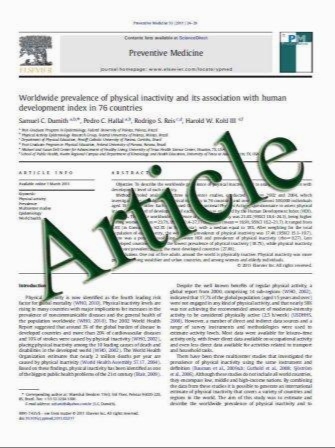Simultaneous bilateral total knee arthroplasty with robotic and conventional techniques: a prospective, randomized study
- نوع فایل : کتاب
- زبان : انگلیسی
- مؤلف : Eun-Kyoo Song • Jong-Keun Seon • Sang-Jin Park • Woo Bin Jung • Hyeong-Won Park • Geon Woo Lee
- چاپ و سال / کشور: 2011
Description
Purpose The authors performed this study to compare the outcomes of robotic-assisted and conventional TKA in same patient simultaneously. It was hypothesized that the robotic-assisted procedure would produce better leg alignment and component orientation, and thus, improve patient satisfaction and clinical and radiological outcomes. Methods Thirty patients underwent bilateral sequential total knee replacement. One knee was replaced by roboticassisted implantation and the other by conventional implantation. Results Radiographic results showed significantly more postoperative leg alignment outliers of conventional sides than robotic-assisted sides (mechanical axis, coronal inclination of the femoral prosthesis, and sagittal inclination of the tibial prosthesis). Robotic-assisted sides had non-significantly better postoperative knee scores and ROMs. Robotic-assisted sides needed longer operation times (25 min, SD ± 18) and longer skin incisions. Nevertheless, postoperative bleeding was significantly less for robotic-assisted sides. Conclusion The better alignment accuracy of robotic TKA and the good clinical results achieved may favorably influence clinical and radiological outcomes. Level of evidence I.
Knee Surg Sports Traumatol Arthrosc (2011) 19:1069–1076 DOI 10.1007/s00167-011-1400-9 Received: 21 February 2010 / Accepted: 13 January 2011 / Published online: 11 February 2011


